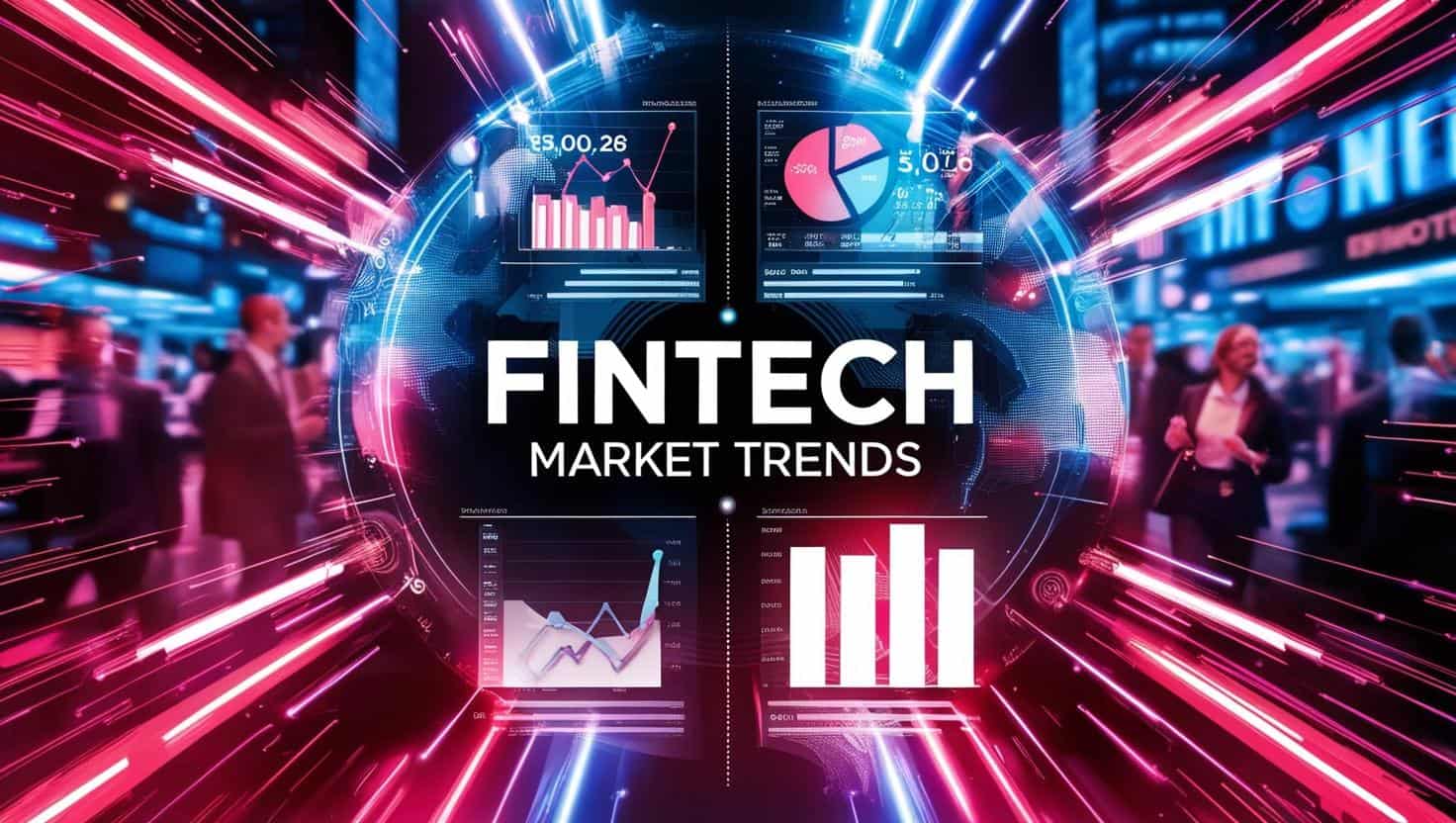
The fintech space isn’t slowing down anytime soon. In fact, recent developments highlight how fintech market trends are evolving amid volatility and looming regulation. Despite the turbulence, innovation remains strong—driven by breakthroughs in stablecoins, renewed IPO speculation, the strategic use of venture capital dry powder, and experimental moves by major banks. This dynamic landscape is rich with both complexity and opportunity.
Let’s break down the current fintech market trends and what they signal for the broader financial ecosystem.
IPOs Are Back—But With Caution
The chatter around fintech IPOs is gaining volume again. Big names like Klarna, Circle, eToro, and Gemini are either preparing to go public or have already filed confidential paperwork. There’s also buzz around other players like Chime, Brex, and Ramp. What makes this surge significant is the context—it’s happening despite choppy market waters and rising skepticism.
Companies like Klarna are especially interesting. Having plummeted from a peak valuation of $46 billion to about $6.7 billion, they’re now eyeing a $15 billion valuation for their public debut. It’s a bold move, showing how fintechs are rebranding, restructuring, and launching new verticals—often to present themselves as more diversified than their original business model might suggest.
But timing is everything. Some companies may be forced into the public markets due to investment round structures, while others are holding out for market stability. As always, volatility makes IPO outcomes harder to predict, and investors are proceeding with more scrutiny than ever before.
Venture Capital’s Liquidity Squeeze—and Its Silver Lining
Venture capital in the U.S. is facing a notable liquidity crunch. For many recent fund vintages, the total value to paid-in (TVPI) capital sits below cost, meaning funds haven’t even returned the money they raised. That’s causing friction with LPs and a much more selective funding environment.
Still, there’s a silver lining. Massive amounts of capital remain earmarked for venture investments, especially in tech. The term “dry powder” comes up again and again—and it’s real. We’ve seen monumental rounds like the $40 billion raised by OpenAI, signaling that the appetite for high-potential bets remains strong.
In fintech specifically, follow-on funding is coming back at the Series A and B stages, a sign that confidence in the sector is regaining some ground. But the bar is higher. It’s no longer just about a compelling story; it’s about fundamentals.
Stablecoins: From Fringe to Foundation
Stablecoins are moving from crypto curiosity to financial infrastructure cornerstone. They’re gaining traction not just among crypto enthusiasts, but within the corridors of traditional finance and central banks.
What makes stablecoins appealing is their simplicity and real-world utility. At their core, companies like Circle operate much like money market funds. They hold dollars, invest in safe assets like U.S. Treasuries, and give users tokenized dollars that can be spent digitally. The revenue? Mostly interest income. It’s a scalable, reliable business—until interest rates fall, of course.
The interesting twist? Regulation. In the U.S., stablecoin-specific bills like the Stable Act and the Genius Act signal a legislative intent to bring this segment into the fold. That would legitimize stablecoins while setting the stage for mainstream integration.
Even banks are getting in on the action. Many are exploring stablecoin strategies—though often for the optics of saying they’re “looking into it.” Still, the fact that stablecoins are now part of serious discussions inside major banks is a big leap from even a year ago.
Big Banks: The Digital Pivot Continues
Larger financial institutions are caught in a balancing act. On one hand, they benefit from higher interest rates, raking in more income from deposits. On the other, rate volatility and economic uncertainty are putting brakes on new lending and corporate investments.
Banks are cautiously exploring new technologies, but their approach remains mixed. Some have launched standalone apps to compete with fintechs like Wise and Revolut, only to quietly shelve them months later. Why? Because fintechs move faster, and customers don’t necessarily want an off-brand solution from their trusted bank.
Instead, success may lie in integrating fintech-like features into existing platforms, not building entirely new ones. Banks have three main advantages: low cost of capital, regulatory licenses, and massive distribution networks. But unless they learn to innovate from within, those advantages won’t be enough.
Fintech M&A: Strategic, Cautious, and Data-Driven
Mergers and acquisitions in fintech are happening, but they’re far from the feeding frenzy of past years. The environment is more measured, and due diligence is at an all-time high. One need only look at the case of Frank—a student finance startup that exaggerated its user base and was bought by JPMorgan for $175 million. The fallout? Increased skepticism across the board.
Instead, we’re seeing highly targeted deals, often in the data or regtech space. Buyers want fintechs that can help them stay compliant, automate tasks, or offer new capabilities without creating risk. That means B2B fintechs, especially those working with APIs, payments, or compliance solutions, are in high demand.
Fraud and Cybersecurity: The Dark Side of Innovation
As financial services shift further online, fraudsters are thriving. It’s being dubbed the “golden age of scams”—and not without reason. With consumers managing everything from pensions to peer-to-peer payments digitally, every click becomes a potential vulnerability.
Fraudsters are early adopters of new technologies, often exploiting them before defenses can catch up. That’s especially true with AI and crypto. But this wave of exploitation is expected to push innovation in cybersecurity and fraud prevention. Financial institutions are investing more in tools that can detect anomalies, flag suspicious behavior, and keep pace with the evolving threat landscape.
Final Thoughts
Fintech continues to grow up. It’s no longer just about disruption—it’s about integration, regulation, and building lasting value. While the sector is dealing with liquidity constraints, shifting regulatory tides, and geopolitical uncertainty, the core message remains: innovation in financial services is here to stay.
Whether you’re watching IPO filings, tracking venture funding trends, or following developments in stablecoins, the fintech market is a dynamic ecosystem worth keeping a close eye on.